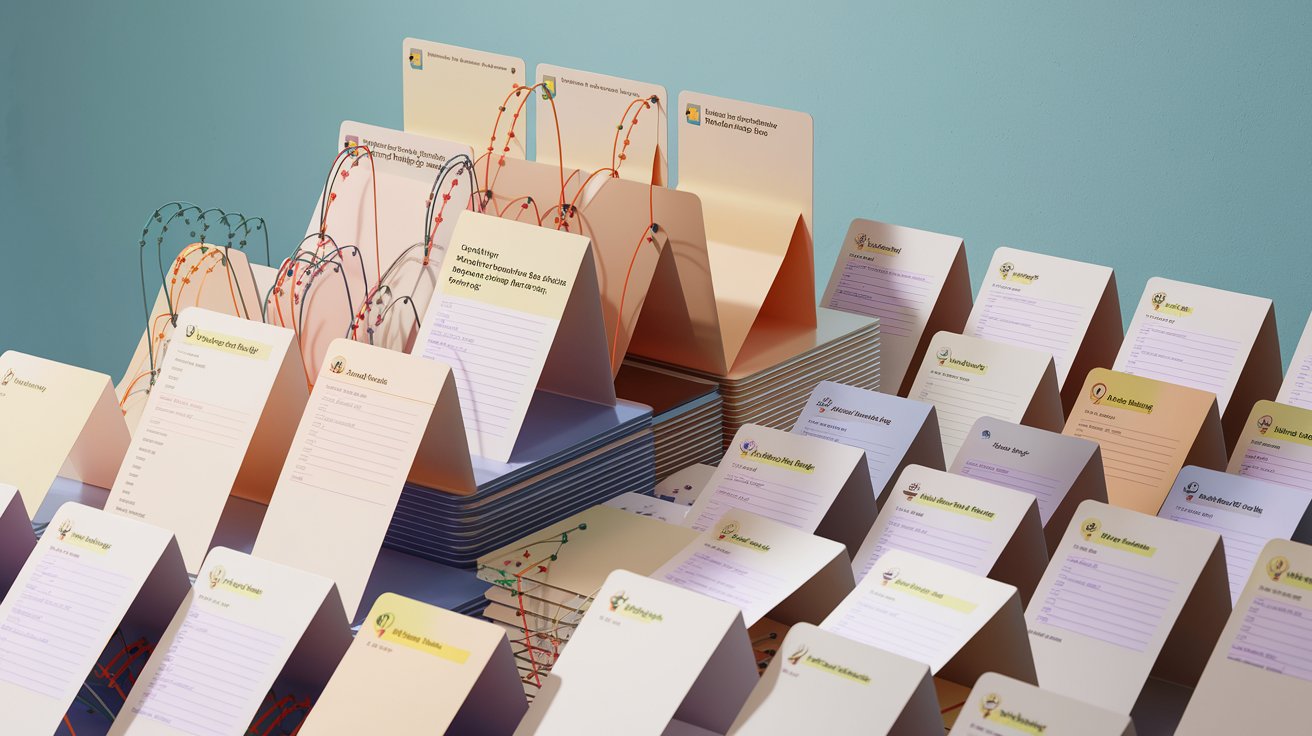In the Zettelkasten methodology, the concept of an index plays an important role - it helps to create projects and navigate between notes, providing a structure for working with large amounts of information. However, when we talk about creating a project, a book or any other large work, it may be necessary to store all related notes in one group. This simplifies working with the material, without excluding the ability to link notes between different groups.
Index in Zettelkasten: navigation and content
An index in Zettelkasten is a kind of card - Navigation, allowing you to navigate among many notes. It is created in order to structure information, forming the Contents of a project or book. It is important to note that such an index contains links to notes, allowing you to quickly navigate to the necessary fragments of information. The index helps organize thoughts, ideas and data, ensuring logical consistency and coherence of work.
Nicholas Luhmann on the Importance of Keeping Notes Closely Placed
Nicolas Luhmann, the author of the Zettelkasten methodology, particularly emphasized the importance of proper placement of notes when creating a new project, which he recorded on a card - Index. He recommended keeping all related notes as close to each other as possible in the catalog to make it easier to access and work with them. At the same time, it is necessary to maintain a certain sequence of cards, and also not to break the alphabetical dividers. This approach ensures the logic and coherence of thoughts, which is extremely important when working with large projects.
Working with projects: all notes in one group
When it comes to creating a specific project, a book or any large document, it may be more convenient to keep all related notes in one group. This ensures:
1. Integrity: All project materials are in one place, which makes them easier to access and work with.
2. Simplification of navigation: Within one group, you can easily view all notes without switching between different groups.
3. Logical structure: Within a group, you can organize notes by logical connections and sequence, which is especially important for creating a text with a clear structure.
Connections between notes from different groups
Although storing all notes in one group is convenient, this does not exclude the possibility of creating connections between notes from different groups. This is the power of Conoted - flexibility in organizing information:
- Connections between groups: Even if notes are in different groups, they can be connected, which allows you to see the relationship of ideas and concepts in different contexts.
- Distribution of information: Notes that can be useful in different projects do not need to be duplicated. It is enough to connect them to different groups to use the same information in different contexts.
Conclusion
Using groups in Conoted allows you to organize notes for specific projects or books in the most convenient and structured way. Storing all related notes in one group simplifies navigation and information management, ensuring the integrity of the project. However, the flexibility of the system allows you to create links between notes from different groups, which expands the possibilities of using information. It is important to remember the advice of Nicholas Luhmann: when creating a new project, all related notes should be placed as close to each other as possible, observing the sequence and alphabetical separators. This approach ensures the logic, structure and integrity of the project, making work with it more productive and convenient.
